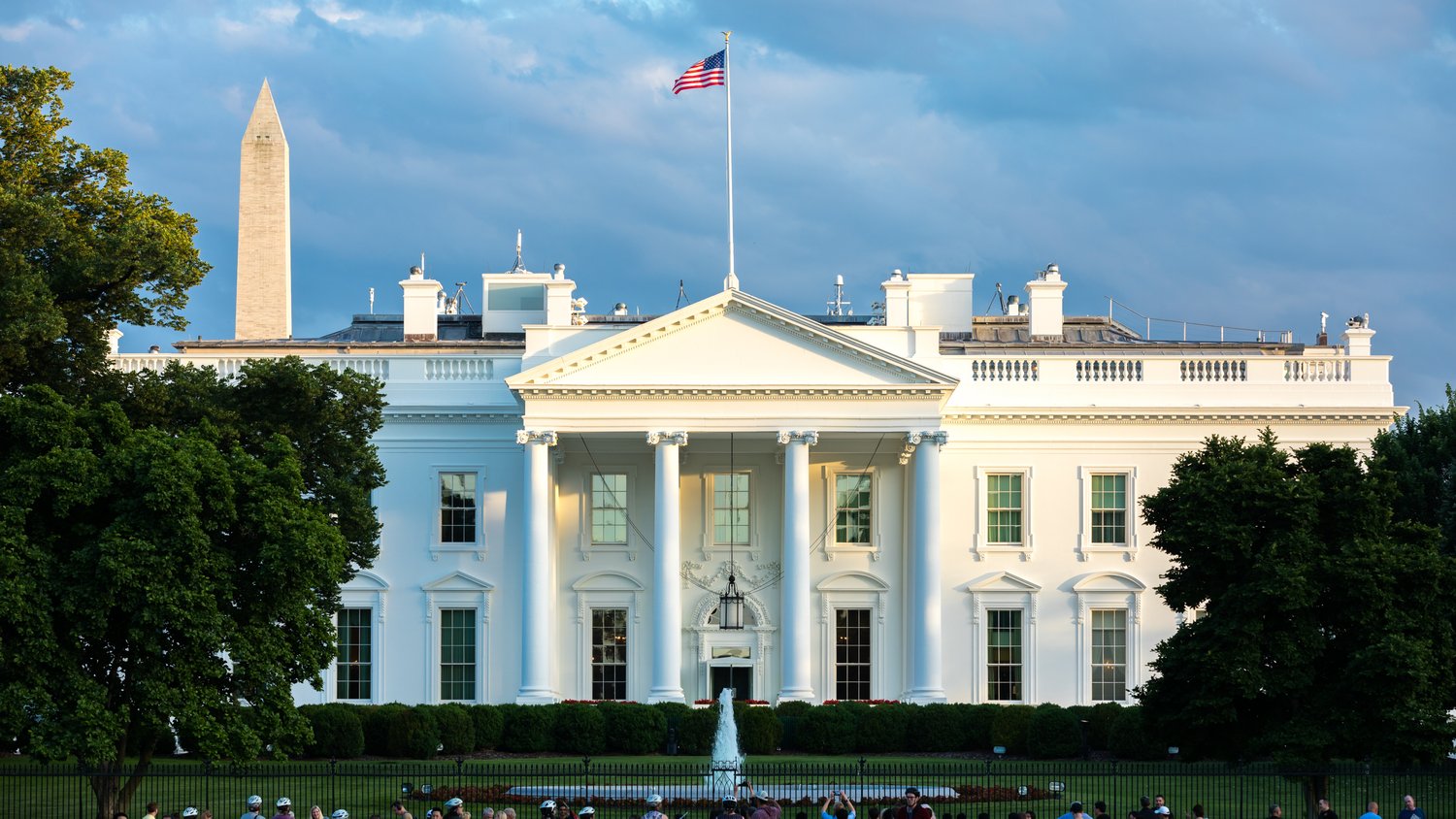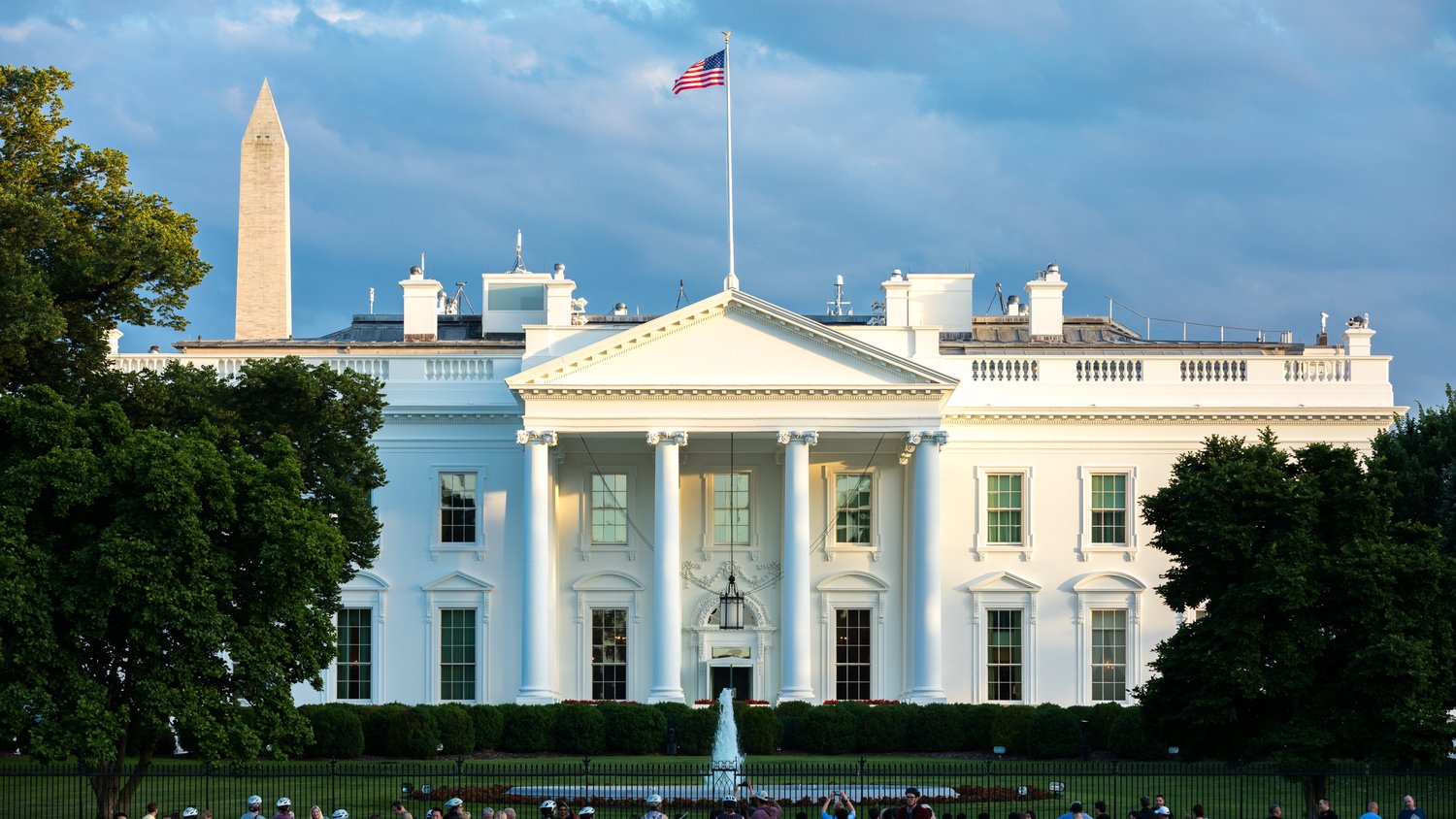## Level Up Your Finances: Can Tax Extenders Give Your Business a Permanent Boost?
We gamers know the feeling: grinding for that sweet, sweet loot, strategizing for the next big quest. But what if we told you there’s a real-world “power-up” for your business that could be just as valuable?

Enter the world of budget reconciliation and permanent business tax extenders. It’s not as intimidating as it sounds, promise. In this deep dive, we’re partnering with the Penn Wharton Budget Model to break down how these tax provisions could permanently level-up your bottom line. Think of it as a cheat code for financial success.

PWBM’s Analysis: A Deeper Look
The Penn Wharton Budget Model (PWBM) has conducted a comprehensive analysis of the economic effects of permanent versus temporary tax cuts, focusing specifically on the Trump administration’s proposals. The model utilizes a dynamic stochastic general equilibrium (DSGE) framework to simulate the impact of tax policies on key macroeconomic variables such as GDP, capital formation, and wages.
PWBM’s analysis reveals that while permanent tax cuts may lead to modest short-term gains in economic output, they come at a significant long-term cost in terms of increased national debt. Conversely, temporary tax cuts have a smaller impact on debt but can still stimulate economic activity in the short run.

Methodology and Key Findings
PWBM’s methodology involves constructing a detailed model of the U.S. economy that captures the interactions between households, firms, and the government. The model incorporates a wide range of economic factors, including labor supply, capital investment, and consumer spending. By simulating different tax policy scenarios within this framework, PWBM can estimate the resulting changes in economic variables.
The key findings from PWBM’s analysis are:
- GDP Growth: Permanent tax cuts lead to a relatively small increase in GDP in the long run, while temporary cuts have an even smaller impact.
- Capital Formation: Permanent tax cuts stimulate capital formation in the short term, but this effect diminishes over time. Temporary cuts have a limited impact on capital formation.
- Wages: Permanent tax cuts result in a slight increase in wages in the short run, but this gain is offset by a decline in wages in the long run due to the negative impact of higher debt on economic growth.
- Tariffs: Increasing tariffs on imports could generate additional revenue for the government. However, tariffs can also lead to higher prices for consumers and businesses, and they can trigger retaliatory measures from other countries.
- Closing Tax Loopholes: Eliminating tax loopholes and deductions that benefit corporations and wealthy individuals could generate significant revenue. However, this approach can be politically controversial.
- Increasing Taxes on Corporations and High-Income Earners: Raising corporate tax rates or implementing a wealth tax on high-income earners could generate substantial revenue. However, these proposals are often met with resistance from businesses and wealthy individuals.
- Promote economic growth through measures that encourage investment, innovation, and job creation.
- Ensure fiscal responsibility by addressing the long-term sustainability of the national debt.
- Promote fairness and equity by distributing the benefits and burdens of tax policy across income groups in a just manner.

Long-Term Consequences: Debt and Growth
One of the most significant concerns surrounding permanent tax cuts is their potential to exacerbate the national debt. The Congressional Budget Office (CBO) estimates that extending the Trump administration’s tax cuts permanently would increase the federal debt by over $4 trillion over the next decade. This would have profound implications for the long-term sustainability of the U.S. economy.
According to PWBM’s analysis, permanent tax cuts can lead to a vicious cycle where higher debt levels crowd out private investment, leading to lower economic growth and ultimately reducing tax revenues. This, in turn, further increases the debt burden, creating a downward spiral.
The trade-off between short-term gains from tax cuts and long-term risks to economic stability is a key consideration for policymakers. While tax cuts can stimulate economic activity in the short run, they must be carefully designed and implemented to avoid long-term fiscal imbalances.

Distributional Effects: Who Wins and Who Loses?
The distributional effects of tax policies are another important aspect to consider. The Trump administration’s tax proposals are projected to disproportionately benefit high-income earners, exacerbating income inequality. According to PWBM’s analysis, the top 10 percent of income earners would receive nearly 56 percent of the total value of the proposed tax cuts, while the bottom 80 percent would receive only about 29 percent.
This raises ethical and social concerns about the fairness and equity of tax policies. Policies that disproportionately benefit the wealthy can undermine social mobility and exacerbate existing economic disparities.
It is essential to ensure that tax policies are designed in a way that promotes a more equitable distribution of income and opportunity.
Alternative Revenue Sources
To offset the cost of permanent tax cuts, policymakers would need to consider alternative revenue sources. Several options have been proposed, each with its own set of advantages and disadvantages.
Here are some potential revenue-raising measures:
The choice of revenue-raising measures will depend on a variety of factors, including political feasibility, economic impact, and distributional effects.
Spending Cuts: A Necessary Trade-Off?
Another option for reducing the deficit is to make spending cuts. However, this can be a politically challenging task, as it often involves reducing government programs and services that are popular with the public.
Spending cuts can have a significant impact on vulnerable populations, such as low-income families, seniors, and people with disabilities. It is crucial to carefully consider the potential consequences of spending cuts and to ensure that they are implemented in a way that minimizes harm to those most in need.
Finding the right balance between tax increases and spending cuts is essential for achieving fiscal sustainability without compromising essential public services.
Finding Common Ground
Achieving bipartisan support for tax reform is crucial for enacting meaningful and lasting changes. Finding common ground on complex economic issues requires open dialogue, compromise, and a willingness to consider different perspectives.
A balanced approach to tax reform should aim to:
Gamestanza will continue to provide in-depth analysis and insights on tax reform as the debate unfolds. We encourage our readers to stay informed and engage in constructive discussions about the future of U.S. tax policy.
Conclusion
Conclusion: Charting a New Path for Business Tax Extenders through Budget Reconciliation
In our in-depth exploration of the Penn Wharton Budget Model’s analysis on “Budget Reconciliation Options with Permanent Business Tax Extenders,” we have delved into the complexities of tax policy and its far-reaching implications for the US economy. Our discussion centered on the three proposed budget reconciliation options, each with its unique approach to addressing the issue of permanent business tax extenders. The Penn Wharton Budget Model’s findings highlight the potential benefits of making these provisions permanent, including increased investment, job creation, and economic growth. Our analysis underscored the importance of considering the long-term effects of tax policy decisions and the need for a more strategic approach to tax reform.
The significance of this topic lies in its potential to reshape the US tax landscape and influence the nation’s economic trajectory. By making business tax extenders permanent, policymakers can create a more stable and predictable business environment, which can, in turn, boost investment and drive economic growth. The Penn Wharton Budget Model’s recommendations offer a valuable framework for policymakers to navigate the complex world of tax policy and make informed decisions that balance competing interests and priorities. As we look to the future, it is imperative that policymakers consider the long-term implications of their decisions and strive to create a tax system that promotes economic growth, fairness, and stability.
As we navigate the complexities of tax policy, one thing is clear: the future of the US economy hangs in the balance. Will we continue to rely on temporary fixes and short-term solutions, or will we take bold action to create a more sustainable and prosperous future? The answer lies in our ability to think critically, collaborate effectively, and prioritize the long-term interests of the nation. The time for action is now.